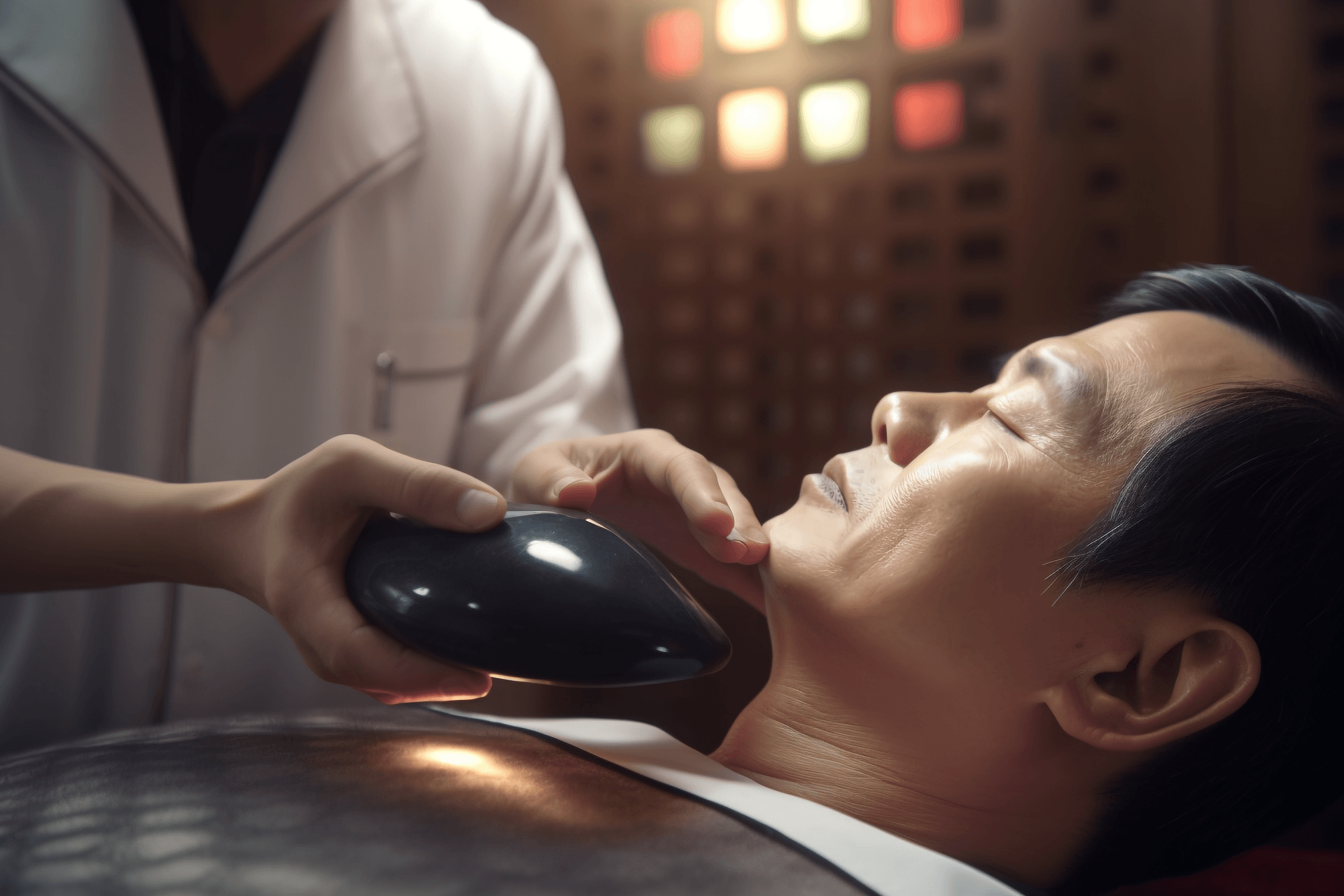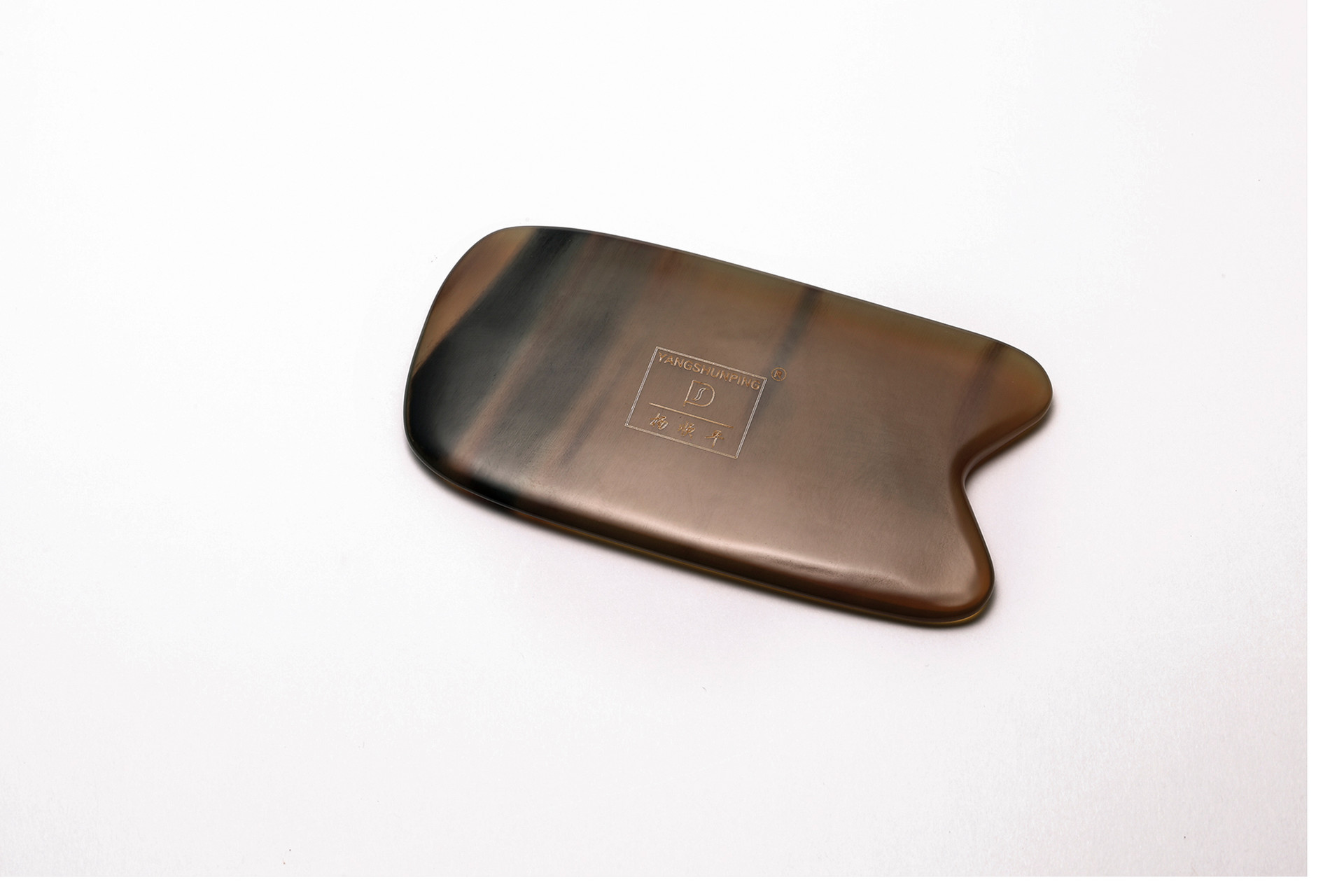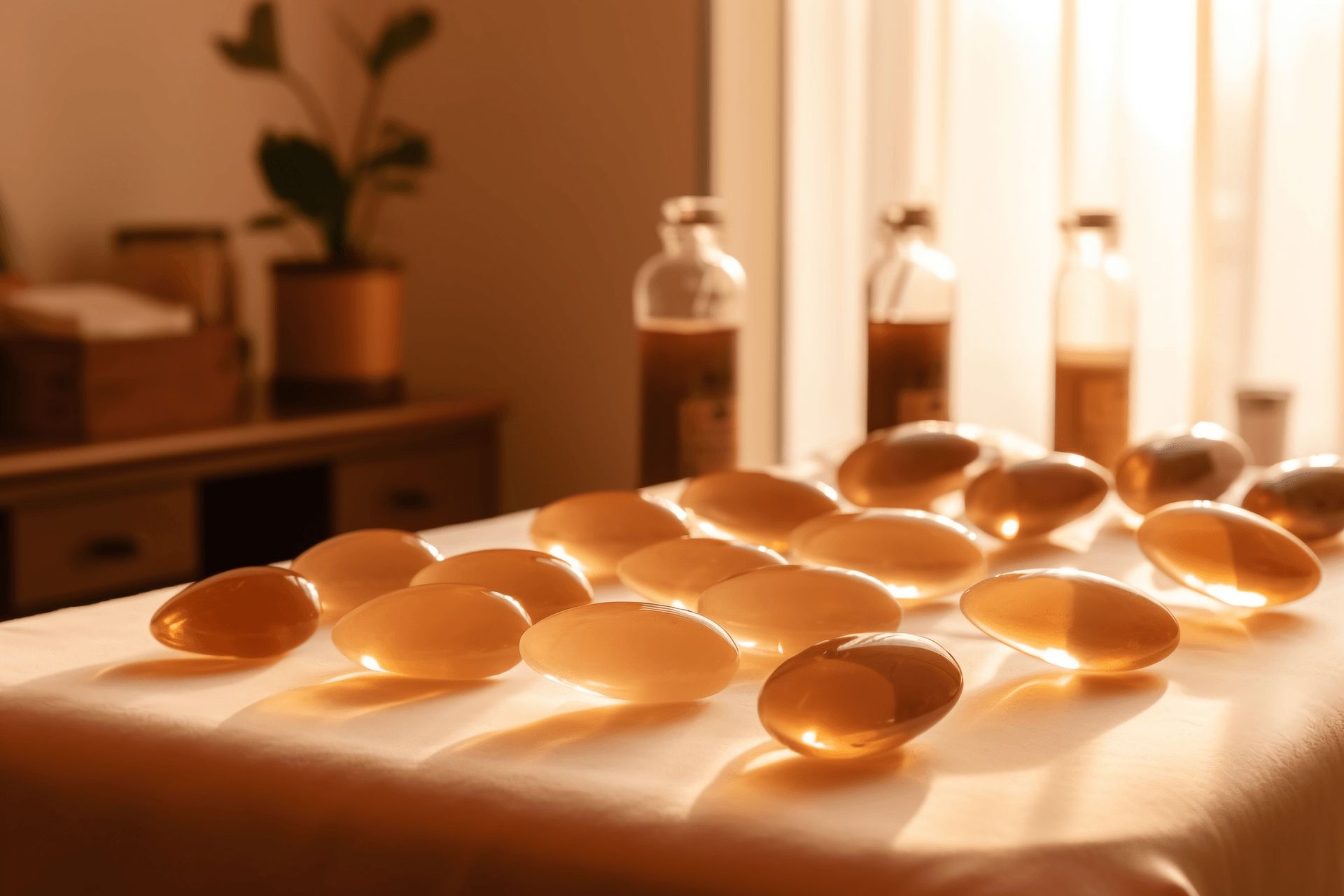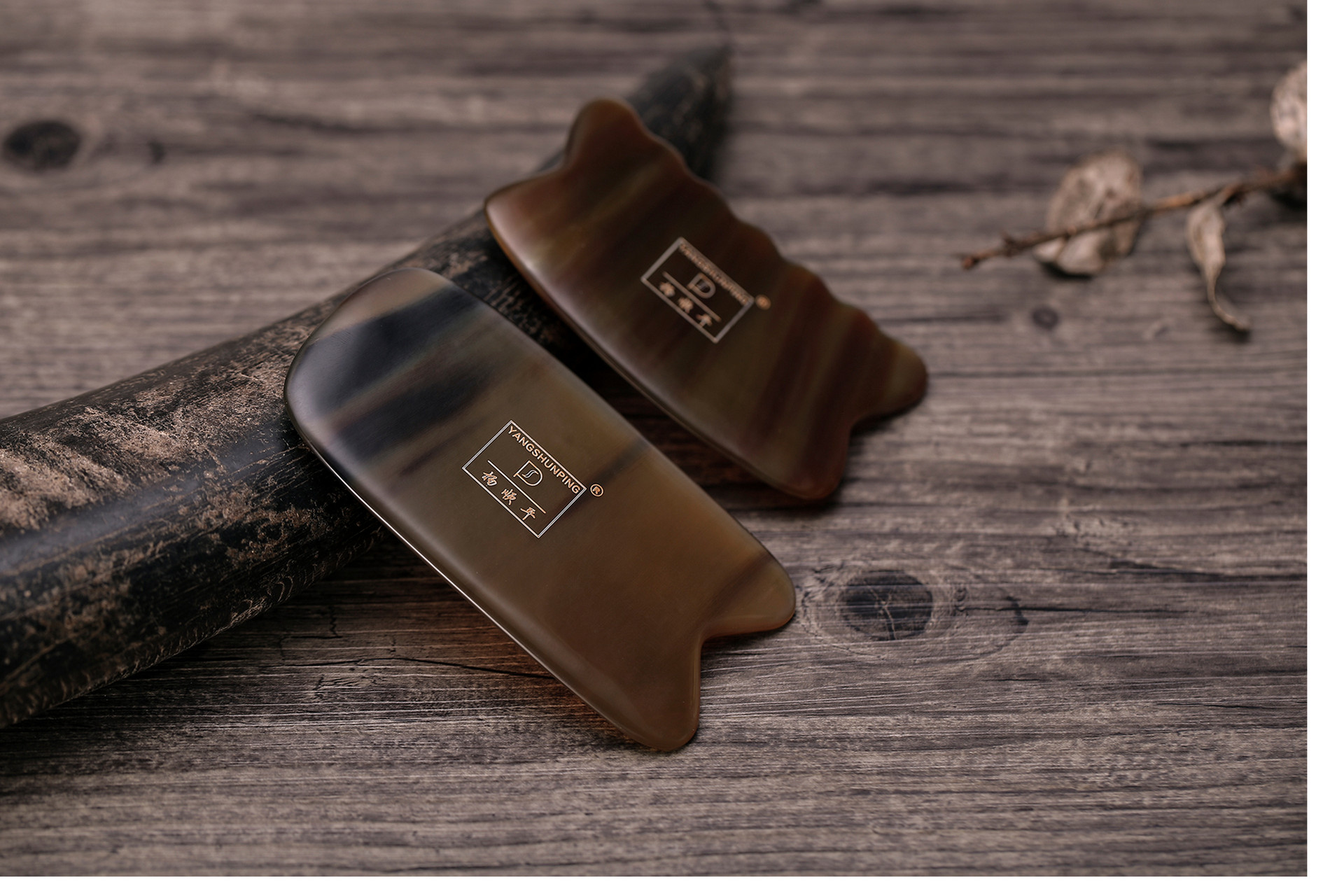Guasha, as a popular health and wellness method, has been around for many years and is a commonly used technique in traditional Chinese medicine. There are many precautions to consider when performing guasha, so it is not recommended to do it yourself, but to seek professional assistance. What are the benefits of guasha? People who have not experienced it are very curious. How is guasha done? Let's take a look at the article with these questions in mind!
What are the benefits of guasha
Promotes metabolism and detoxification
During the guasha process, our skin is stimulated, which affects the blood vessels and accelerates our metabolism. If there are toxins in our body, they can be eliminated through the transport of blood, purifying our cells and making our body feel lighter. It also helps boost the immune system.
Relieves muscle pain and improves flexibility
There is a saying that goes "if it flows, it won't hurt; if it hurts, it won't flow," which applies to guasha as well. If a certain part of your body is affected by a disease, such as shoulder periarthritis, there may be muscle tension and blood stasis around the shoulder. In this case, guasha may feel painful. However, with the correct technique and persistence, it can help relieve pain.
Not only for shoulder periarthritis, but also for common conditions like cervical spondylosis and lumbar muscle strain. Patients can use guasha techniques to alleviate discomfort. Although guasha cannot fundamentally cure these diseases, it can promote the flow of meridians, effectively alleviate local pain, and help accelerate recovery.
Adjusts the balance of yin and yang in the body
In traditional Chinese medicine, the balance of yin and yang in the body is considered important. Guasha can regulate the functions of the body in both directions and has a significant effect on the adjustment of visceral organs, helping restore balance. For example, for people with hyperactive intestinal peristalsis, guasha on the abdomen and back can inhibit the hyperactivity and restore balance.
How to perform guasha
1. Scrapping the hands and feet to promote Qi and blood circulation
Women often experience cold hands and feet, which Chinese medicine attributes to insufficient yang energy or poor circulation of Qi and blood. It is recommended to first scrape the palms of the hands with the flat side of the guasha board until they become warm, and then use the grooves on the board to scrape the four sides of the fingers from the base to the fingertips, scraping in each direction 5 to 10 times to promote Qi and blood circulation. The same technique can be applied to the feet.
2. Scrapping the abdomen to promote bowel movement
Long-term constipation not only affects digestion and absorption, but also allows toxins to accumulate in the body. Use the flat side of the guasha board to scrape the abdomen from top to bottom, from left to right. It is important to note that if there is visceral prolapse, scraping should be done from bottom to top.
3. Scrapping around the eyes to improve vision
I believe everyone has done eye exercises and is familiar with certain acupoints. By replacing finger massage with guasha, more effective stimulation can be achieved on these acupoints. Start by using a guasha comb to press on the Jingming acupoint, and then scrape from the Jingming acupoint to the outer corner of the eye in both the upper and lower eyelids. This can improve the circulation of Qi and blood around the eyes, alleviate visual fatigue and dryness.








